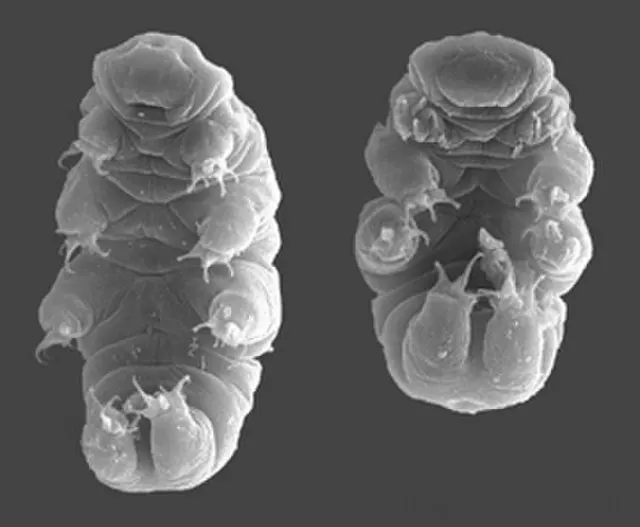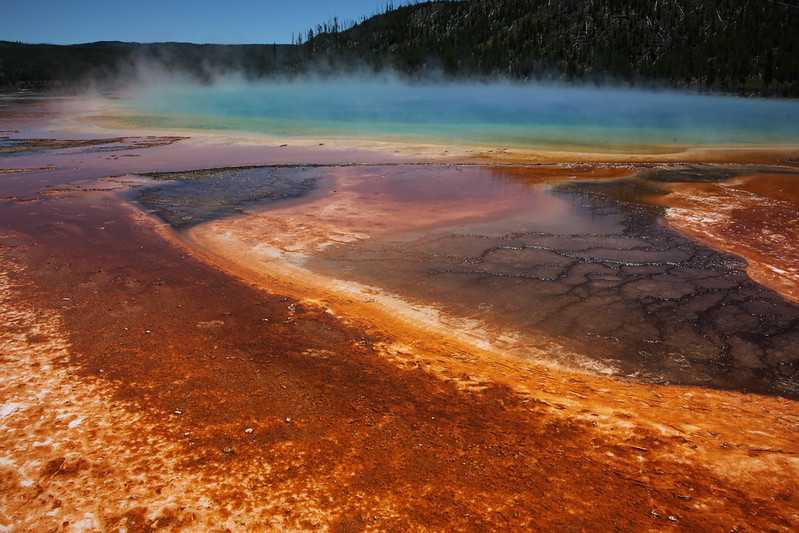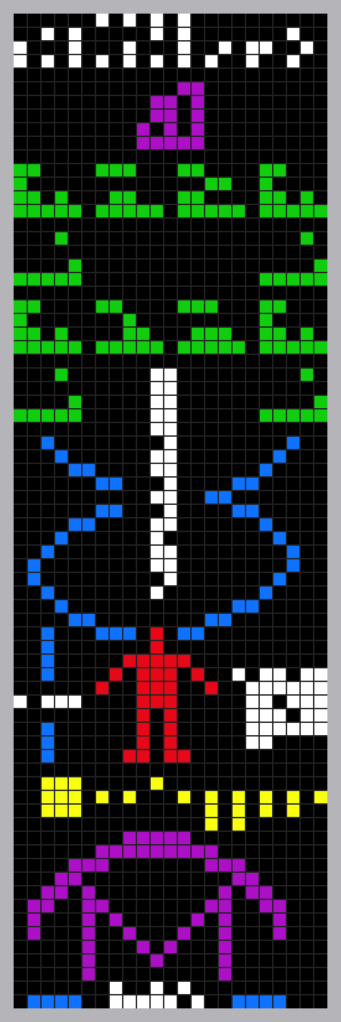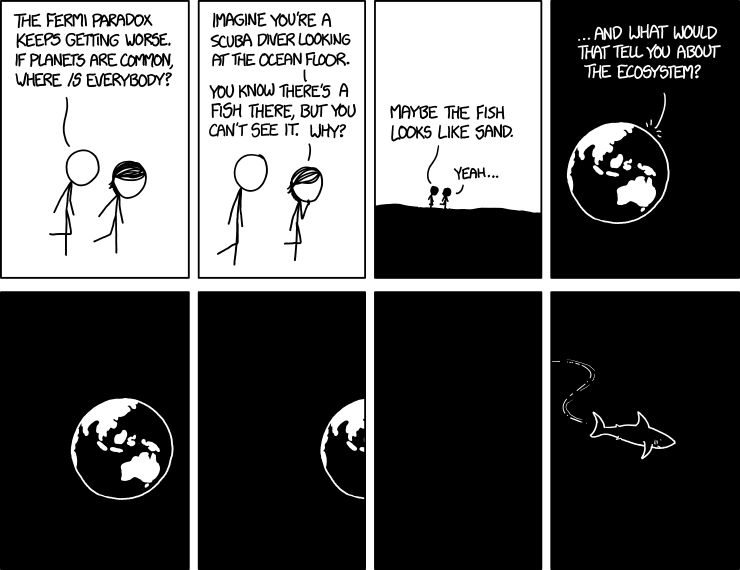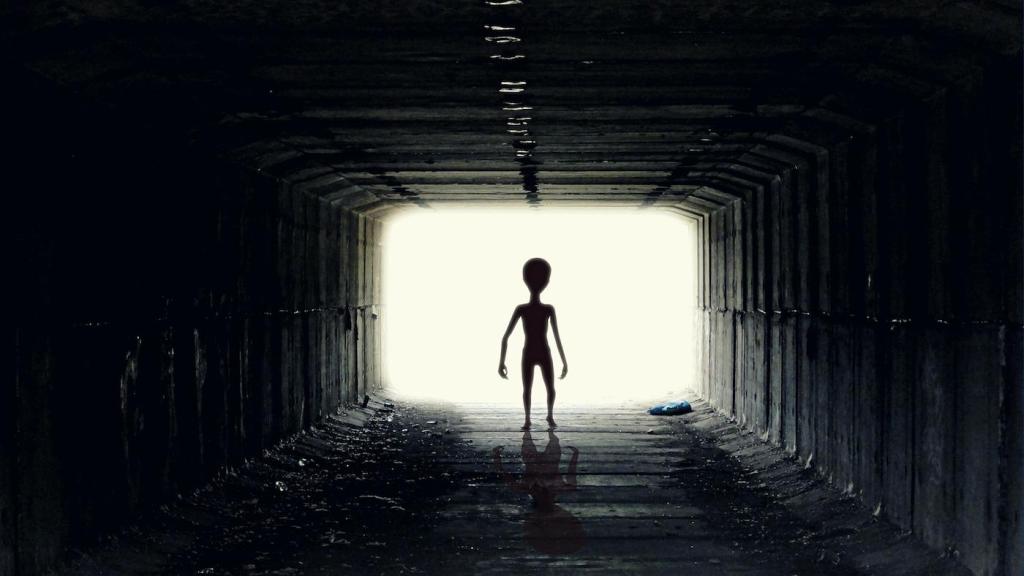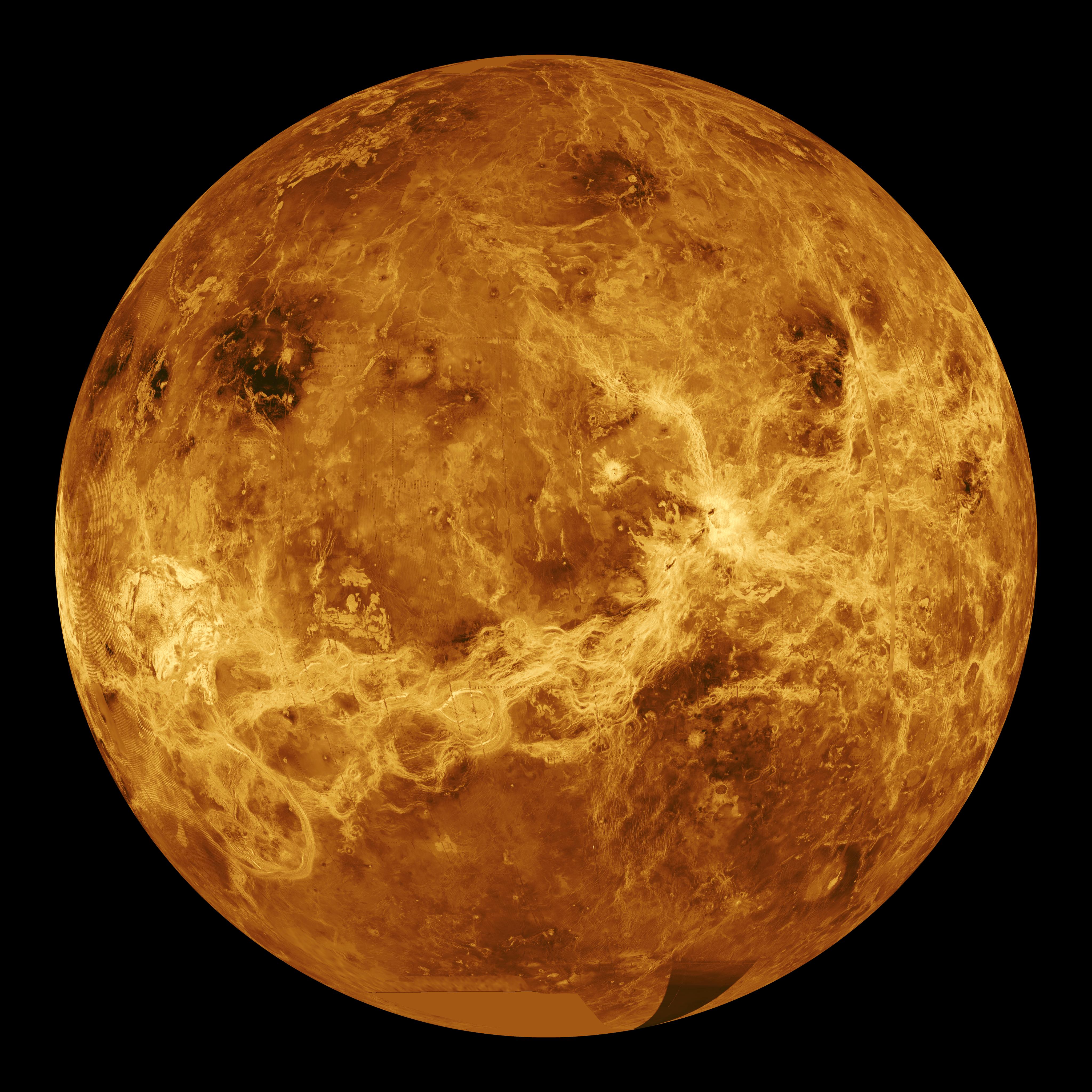The Fermi paradox is a very simple question whose answer could have massive consequences for the future of humanity: where is everybody? With equations like the Drake equation predicting a huge number of extraterrestrial civilizations, it seems odd that we have detected no signs of life outside of Earth. In this blog post, I will cover several possible solutions to the Fermi paradox, and their implications for our future.

One possible solution to the Fermi paradox is the idea of a “Great Filter” which stands in the way of cosmic solutions. This filter is some “checkpoint” in the development of civilization through which most are unable to pass. This filter could be biological, environmental, or societal, and the specifics matter a great deal. If the filter were the evolution of multi-cellular life, for example, then humanity has already passed through the filter, and the reason we see no extraterrestrial life is because they have not. If, on the other hand, the great filter lies ahead of us, perhaps in the form of climate disaster or the ever-present threat of nuclear war, then humanity faces immense existential threats ahead, and the reason we see no aliens is because they have already failed the test.

Another possible solution, and probably the most simple, is that humanity happens to be one of the first intelligent species to emerge, at least in our area of the galaxy, and everybody else hasn’t caught up yet. While this is certainly a safer possibility than the great filter, and guarantees no “evil space invaders” come for us, it also means that, at least for the time being, humans are alone in the universe. While this makes for a somewhat desolate universe, it does account for the Fermi paradox without a hypothetical filter, and is certainly a better shot for humanity.

The “dark forest” theory is perhaps the most disturbing solution to the Fermi paradox, painting a very grim picture of galactic civilization. In the dark forest theory, advanced technological civilizations are common and more or less evenly distributed. However, due to the huge distances involved, immense cultural and biological differences which hamper or even preclude communication, and inherently finite resources of the galaxy, civilizations do not reveal themselves to the galaxy. If two civilizations encounter each other under this theory, both will be faced with a choice between doing nothing, attacking, or befriending them. However, game theory reveals that for any civilization, the best choice will always be to attack. This means that the only way for a civilization to survive this “dark forest” is to hide from all others, resulting in what we see as the Fermi paradox. This is a very disturbing theory, as it not only implies immense danger to humanity, but also that countless civilizations have been violently destroyed in the history of the universe.
These are only a few of the many possible solutions to the Fermi paradox which have been put forth over the years. It should be no surprise that a question as important as “where is everybody?” has sparked intense debate among scientists and the public alike. Hopefully this blog post has opened your mind to this question, and you’ll find yourself considering it as well.

